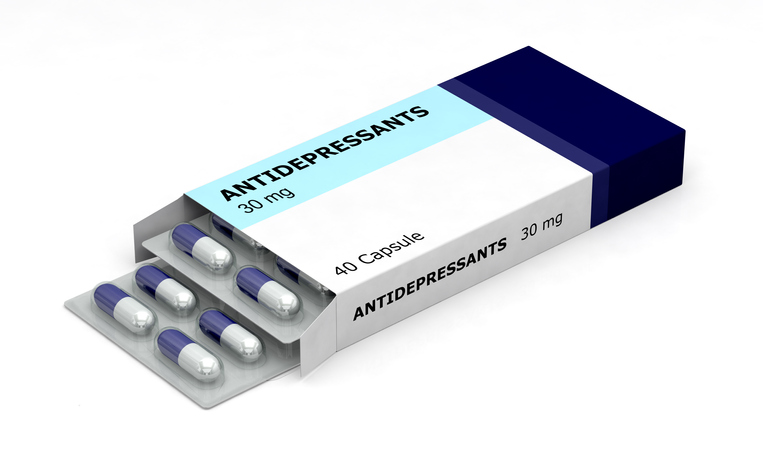Treatments
What Are Nerve Blocks?

Nerve blocks are medical procedures that block specific nerves from sending pain impulses to the central nervous system (CNS). They are categorized in several ways: why they are done (therapeutic, diagnostic, prognostic or preemptive), how they are done (non-surgical or surgical), and where they are done on the body (neck, back, shoulder, face, etc.).
Purpose of nerve blocks
Although nerve blocks are most commonly associated with therapeutic pain relief, they can also be used for diagnostic, prognostic, and preemptive purposes.
- Therapeutic nerve blocks contain local anesthetic and are used to manage pain.
- Diagnostic nerve blocks contain local anesthetic with a specific relief duration and are used to determine the source of pain.
- Prognostic nerve blocks are used to determine the outcome of a more permanent pain treatment plan.
- Preemptive nerve blocks help prevent potential future pain from a procedure (e.g., phantom limb pain following an amputation).
Non-surgical nerve blocks
Non-surgical nerve blocks involve injecting an anesthetic close to a specific nerve or bundle of nerves.
- Epidurals are the most common type of non-surgical nerve block. They involve injecting an anesthetic into the epidural space. Epidurals are used to numb the abdomen and lower extremities. They are most often used during labor and childbirth.
- Spinal anesthesia involves injecting anesthetic medication in the fluid surrounding the spinal cord.
- Peripheral nerve blocks involve injecting medication around a target nerve or bundle of nerves that are causing pain.
- Sympathetic nerve blocks are diagnostic nerve blocks used to determine if damage is present in the sympathetic nerve chain (a network of nerves that extend the length of the spine and control involuntary functions, such as dilating blood vessels).
- Facet joint blocks are also diagnostic nerve blocks. They are used to determine if pain is coming from a facet joint of a vertebra.
Surgical nerve blocks
Surgical nerve blocks involve damaging or destroying nerves to provide long-lasting pain relief.
- Sympathetic blockades are used to block pain from the sympathetic nervous system of a specific area. They can also treat excessive sweating in specific areas of the body.
- Neurectomy involves surgically destroying a damaged nerve by cutting or removing the nerve. This is only used in rare causes of chronic pain, and it is generally permanent.
- Neurolytic blocks involve the use of a chemical injection or cryogenic freezing to damage the nerve.
- Radiosurgery involves concentrated radiation to destroy the nerve.
- Radiofrequency ablation uses radio waves to destroy or damage a nerve.
- Rhizotomy involves destroying the root of the nerves that extend from the spine. This procedure may be used to treat neuromuscular conditions, such as spastic diplegia or spastic cerebral palsy.
Treatment areas
Nerve blocks are also categorized according to the affected area and the degree of pain relief required. They include, but are not limited to, the following:
- Trigeminal nerve blocks (face)
- Ophthalmic nerve block (eyelids and scalp)
- Supraorbital nerve block (forehead)
- Maxillary nerve block (upper jaw)
- Sphenopalatine nerve block (nose and palate)
- Cervical epidural (neck), thoracic epidural (upper and middle back), or lumbar epidural block (lower back)
- Cervical plexus block and cervical paravertebral block (shoulder and upper neck)
- Brachial plexus block (shoulder/arm/hand), elbow block, and wrist block
- Subarachnoid block and celiac plexus block (pelvis and abdomen)


















